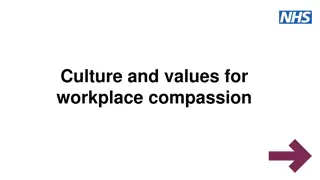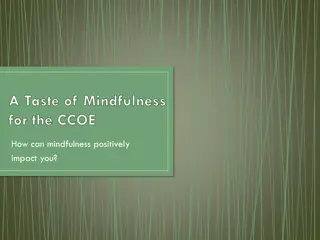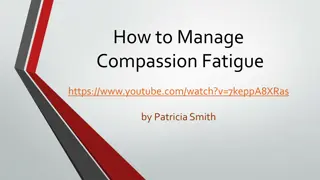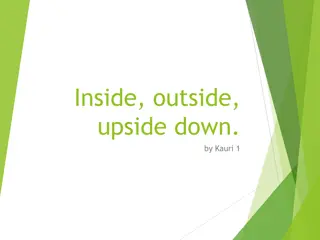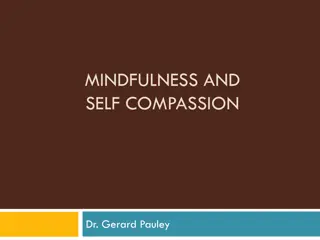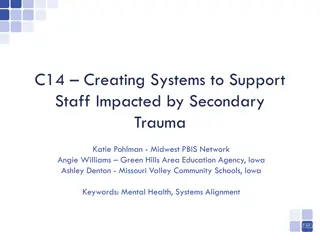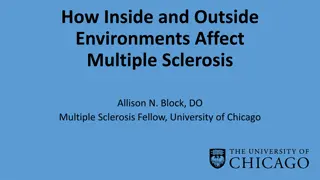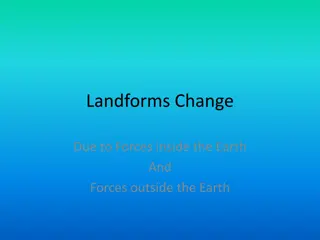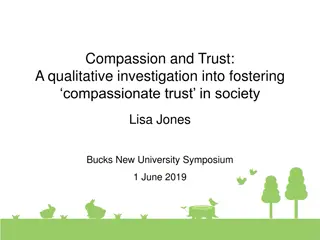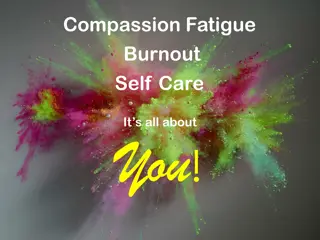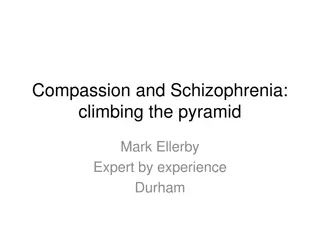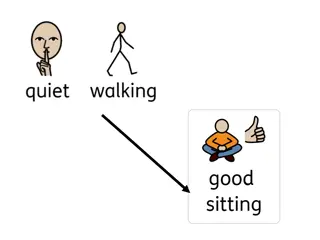Cultivating Compassion Inside and Outside the Classroom
Explore the principles of compassion, Compassion-Focused Therapy, and ways to apply compassion in daily life. Understand the affect regulation systems and practices like Soothing Rhythm Breathing to foster compassion towards oneself and others. Learn to develop images of an ideal caring self and commitment to well-being.
Download Presentation

Please find below an Image/Link to download the presentation.
The content on the website is provided AS IS for your information and personal use only. It may not be sold, licensed, or shared on other websites without obtaining consent from the author. Download presentation by click this link. If you encounter any issues during the download, it is possible that the publisher has removed the file from their server.
E N D
Presentation Transcript
Learning How to Apply Compassion both Inside and Outside the Classroom Dr Clodagh Dowling Senior Clinical Psychologist St Patrick s Mental Health Services
Compassion Focused Therapy Developed by Prof Paul Gilbert to address shame and self-criticism in people with mental health difficulties. Focus: building capacities for compassion and balancing the affect regulation systems Basic philosophy: We all just find ourselves here with a brain, emotions and sense of (socially made) self we did not choose but have to figure out
Definition of Compassion "a sensitivity to suffering in self and others with a deep commitment to try to alleviate and prevent it . Dalai Lama Competencies of Compassion Engagement with suffering Alleviation of suffering
Compassion as Flow Different practices for each Other Self Self Other Self Self Evidence that intentionally practicing each of these can have impacts on mental states and social behaviour
Its not our fault! Tricky Brain Our brains are the result of millions of years of evolutionary history. They are set up to be better safe than sorry so they tend to be very threat sensitive and we find it easier to learn to be fearful, angry or upset, than happy and content.
Affect Regulator Systems DRIVE SOOTHE Non-wanting/ Affiliative focused Safeness-kindness Soothing Incentive/resource- focused. Wanting, pursuing, achieving, consuming, Activating. THREAT Protection and Safety-seeking Activating/inhibiting
Soothing Rhythm Breathing Aim: to create safeness in the group (often in therapy people are in threat). Sit in a way that is self-supporting Evenly paced breaths Even Inhale and Exhale Brief pause between breaths
Developing Compassion Images Ideal caring and compassionate self and/or image --- define ideal as you at your compassionate best Caringas a genuine desire for one s well-being Commitment and motivation Wisdom a sentient mind who understands the struggles of humanity and self. Empathic stance, self-transcendent Strengthas calm authority fortitude, endurance Warmth affiliation, genuine care, gentle smile, voice Non-Judgement no criticism, curiosity but motivation to be encouraging, supportive helpful Exercises: Creating the Compassionate Self: You at Your Compassionate Best Compassionate Companion
Imagining the Compassionate Other Act of creating one (what one would like for oneself) is a step on compassion focusing Find the type of image and form of relationship that fits for you images usually change over time or for different situations This can be an Inner: Nurturer, Guide, Friend, Mentor, Fellow Traveller; Bodhisattva, Ideal Compassionate Other, Compassionate Companion How: Activate your soothing system. Visualize your compassionate compassion Image them offering you their compassion and you accepting it Notice what feelings arise and any blocks to letting compassion in
Many Thanks Further Reading: The Compassionate Mind, Professor Paul Gilbert https://compassionatemind.co.uk Contact Details: cdowling@stpatsmail.com



